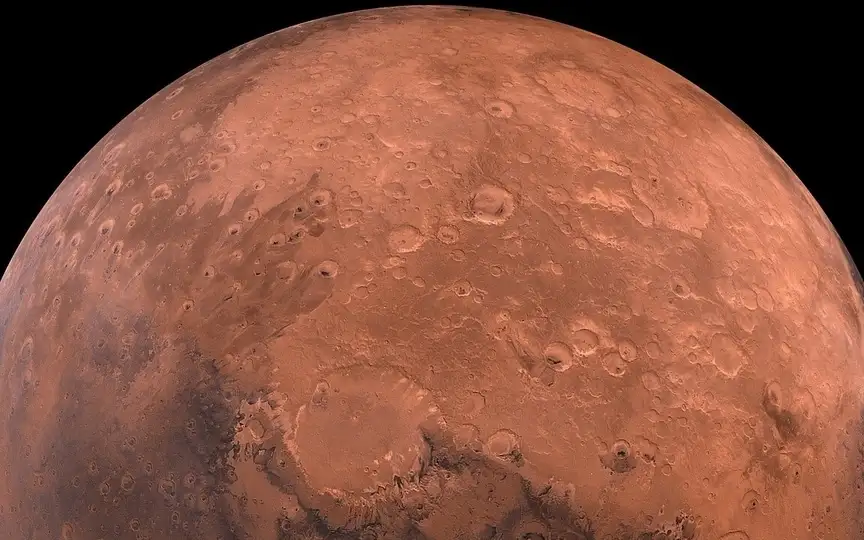NASA Optimistic about Possibility of Life on Mars After Curiosity Rover Findings
A team of geologists has utilized data from NASA’s Curiosity rover, examinations of sedimentary rock beneath the Gulf of Mexico, and computer simulations to uncover intriguing evidence suggesting that Mars may have once supported life. Recent findings indicate the presence of ancient river systems in multiple Martian craters.
Gale Crater, a major impact basin on the Martian surface, played a key role in this discovery. Scientists found compelling evidence that rivers may have been more common on the Red Planet than previously thought. Geoscientist Benjamin Cardenas, lead author from Penn State University, stated, “We find evidence that Mars was likely a planet of rivers,” Space.com reported.
On Earth, rivers are vital for various chemical, nutrient and sediment cycles that support life. Thus, uncovering ancient Martian rivers holds promise as an effort to detect past life on Mars. Cardenas added: “Our study shows that Mars could have had many more rivers than previously thought, which certainly gives a more optimistic view of ancient life on Mars. It offers a view of Mars where most of the planet once had the right conditions for life.”
The mysteries of the Martian surface were revealed
The distinctive landforms identified in Curiosity’s data, known as bench and nose features, had gone unnoticed until now. These features occur in numerous small craters and are actually deposits formed by flowing water.
Although evidence of rivers on Mars has been documented since observations by the Mariner 9 spacecraft that described dried river channels and floodplains, the identification of these banks and nasal landforms suggests that Martian rivers may have been more common than previously thought. These formations result from a process of erosion of sedimentary material deposited by rivers, probably influenced by the prevailing winds.
Cardenas and Kaitlyn Stacey of Penn State used a computer model to confirm the watery origin of these features. They trained the model on Curiosity’s images of landforms inside these craters and 3D scans of sedimentary bedrock layers beneath the Gulf of Mexico, collected by oil companies 25 years ago. A computer model simulated the erosion of sediment left by rivers and produced bench and nose shapes.
Curiosity had previously determined that the Gale Crater it is studying was once filled with liquid water. New evidence of these fluvial landforms offers insights into the nature of the water in Gale Crater.
In short, these findings rekindle hope that Mars may have provided the right conditions for life to flourish in the distant past, highlighting the importance of further research and exploration of the Red Planet.




